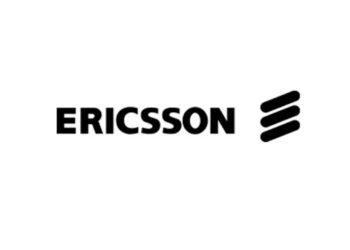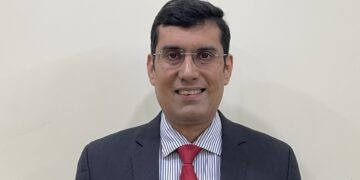The global foldable smartphone market increased 64 percent (on-year) in the first quarter (Q1) this year, based on sell-in volume, to reach 2.5 million units, a report showed.
This is significant because the foldable market rose amid a 14.2 percent year-on-year decline in the overall global smartphone market during the same period, according to Counterpoint Research.
The robust growth in the global foldable market was largely driven by the growth in the Chinese foldable market.
“In China, new foldable products such as the OPPO N2 and N2 Flip had grand releases. These big launch events constantly pique the market’s interest.
Consequently, Chinese consumers have become more familiar with foldable products compared to other regions,” said research analyst Woojin Son.
OPPO ranked second in the Chinese foldable market with a slight gap with leader Huawei, helped by the N2 Flip and N2, which were released at the end of 2022.
In particular, the N2 Flip, OPPO’s foldable clamshell, contributed a lot to the increase in the sales of clamshell-type products in China, beating Huawei’s Pocket S.
Samsung made efforts to target the Chinese market by launching the W23 and W23 Flip, which are variants of the Z Fold 4 and Z Flip 4, respectively, produced mainly for the Chinese market and MEA market. This helped Samsung grow rapidly in the Chinese foldable market in Q1 2023, said the report.
“We believe that, in 2023, there will be intensifying competition among OEMs in the global foldable market due to more aggressive target market expansion, intensifying price competition and increasing sales volume of clamshell-type foldable smartphones through various product launches,” said senior analyst Jene Park.
Addressing the big question around Apple’s entry into the foldable market, Park said that Apple is still absent from short-term forecasts.
“However, since overall consumer response to foldable phones is improving and Apple will be possibly releasing non-phone foldable products soon, the brand’s participation in the foldable smartphone market is likely to occur after 2025,” Park noted.
Global foldable smartphone market grew 64 in Q1

ADVERTISEMENT






















